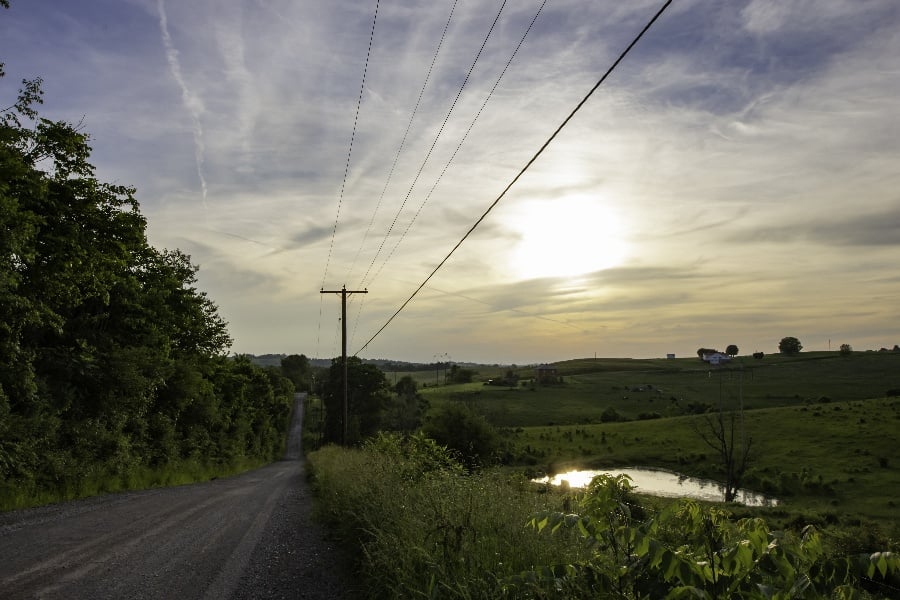
The popularity of composite products such as composite decks has raised a fresh debate about the future of construction in the last decade. What do you prefer: original wood or composite materials?
Both have their pros and cons. However, many passionate wood users support the material; therefore, the composite versus wood debate is still raging.
Project managers and engineers in various industries have discovered that composites are a viable alternative to materials like wood.
Wood for a long time has been a popular construction material because of its strength and natural texture. Today, we'll look at wood composites and potential wood substitutes. Specifically, how wood composites are created, the many varieties, and their applications.
What exactly is a Wood Composite?
Wood composites are wood products made by bonding wood strands, fibers, or boards together. It's also known as engineered wood, synthetic wood, and wood-plastic composite (WPC).
What is the Process of Making a Wood Composite?
Wood composite materials are often formed from the same hardwoods and softwoods used in lumber, except for sawmill rejects and waste. They are created by blending pulverized wood particles with hot thermoplastic resin. Some combine and process the components into pellets, which are then re-melted and molded into the final shape, and others generate the finished product in a single phase of mixing and extrusion.
With polyethylene-based goods, thermoplastics are manufactured from virgin and recycled materials. Colorants, coupling agents, ultraviolet stabilizers, and lubricants can be added to make a product that is precisely fitted to its use, and solid and hollow shapes can be created.
Types of Wood Composite Products
Plywood is the original composite wood product, made from cross-laminated veneer sheets joined with moisture-resistant adhesives and heated. Particleboard is formed from wood chips or sawmills shavings pressed with a synthetic resin, while fiberboard is made by mixing wood fibers with wax and a resin binder under high temperatures and pressure.
Oriented strand board is constructed of layers of wood strands glued together with moisture-resistant adhesives. These are then cross-oriented to add strength and rigidity to the panel. Laminated timber is made up of dimensional wood that has been glued together to form structural columns or beams. In contrast, laminated veneers are made up of thin hardwood veneers that have been bonded together to form a vast billet that may be used for rafters, beams, joints, and beams.
Wood Composite Materials Have a Variety of Applications
Composite wood products can be used in a wide range of applications, including both residential and commercial buildings. In construction projects, wood composites are frequently utilized to replace steel joists and beams. Outdoor deck flooring is their most common application, but they're also famous for railings, fencing, benches, window and door frames, cladding, and landscaping.
While composite wood may be used in most applications where solid Wood is usually used, it is also a popular material for flat-pack furniture because of its low manufacturing costs and lightweight.
Comparing Composite versus Wood Decking
Composite Decking
So, why is composite decking such a good option? To begin with, composite decks are almost maintenance-free. They usually don't require sanding, sealing, or staining. However, they need maintenance two times a year; this can be done using a mixture of soapy water and soft-bristle or a low-power washer machine.
Durability & Maintenance
Composite decks are durable materials that withstand harsh weather and natural wear for up to half a decade. Unlike Natural wood decks, which can last 10-30 years, you will need to repair them to remain in good condition. On the other hand, composite decks will not splinter, rot, or become insect-prone.
Furthermore, most composite decks have ultraviolet protection built-in so that they won't fade as quickly as natural wood. However, if your composite deck fades over time due to direct sunlight exposure, you can stain or paint it to restore its appearance. Many people are unaware that composite may be painted, but it is possible and can improve the appearance of your home.
Wood Decking
Decks have been employing wood for its makeup since its inception, so we know it's a tried-and-true material that looks natural. When it comes to wood, the major positive is that it's affordable, long-lasting, and comes in various forms, from low-cost, pressure-treated possibilities like yellow pine to higher-end variants like cedar and redwood.
Maintenance and Longevity
Despite its durability, wood decking is significantly more subject to maintenance costs, time, and effort. Most decks require full retreatment every two to five years, including sanding, cleaning, staining or painting, and sealing. The deck will fade and eventually rot if it is not treated.
Furthermore, wood decks are splintered or warped due to the environment or typical wear and tear from use. This is particularly apparent in pressure-treated wood. On the other hand, a well-maintained deck can last for up to 20 years or more.
Strengthening Wood Using Fiberglass Material
High-strength timber is costly and hard to get. Pultruded reinforcing can be put on wood to maintain and increase its strength in this situation. Solid wood beams can be replaced with glue-laminated (or Glulam) beams.
Pultruded epoxy reinforcement can be bonded into these glulam beams to strengthen them further.
The insertion of a pultruded strength member near the bottom of the beam, where the tension failure is most likely to occur, will assist in equalizing the results between the tension and the compression or allow the compression to be the weak link.
Why Tencom Ltd
We are giants, savants, and leaders in the FRP composites business. Tencom leverages a pultrusion process to manufacture FRP components. This means we use many more resins and reinforcements, each adding unique and desirable properties to the final FRP product.
Just so you know: Pultrusion is a process for converting reinforced fibers and resin into fiber-reinforced plastic (FRP). The resulting FRP is tough, light, and extremely versatile.
Tencom has offered unrivaled custom FRP composite solutions to various clients across different industries for the last five decades. Our range of superior pultruded products include fiberglass-reinforced tubes, composite rods, tool handles, handles, conductor rods, duct rods, custom profiles, and plant & tree stakes.
What's More…
Our design and engineering team can help select the materials to meet your specific requirements, including weight, strength, flexibility, density, firmness, and tensile requirements. For more information or queries on FRP products and solutions, feel free to Contact Us today, and we will be more than willing to assist

